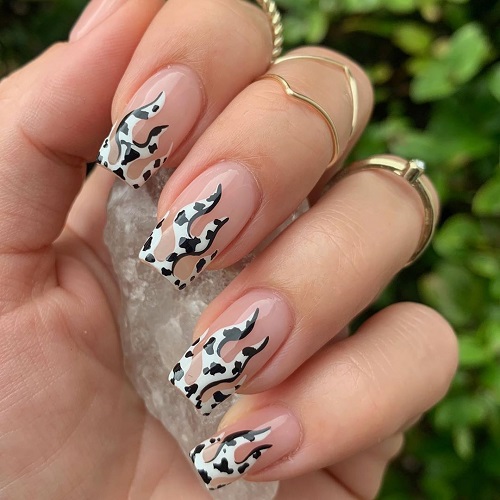Table of Contents
If you’ve ever had a bruised or injured nail, you understand the pain and discomfort it can cause. In some cases, blood can accumulate under the nail, causing discoloration and swelling. This condition, known as a subungual hematoma, can be quite painful if left untreated.
Understanding the Causes of Subungual Hematomas
Subungual hematomas are typically the result of blunt force trauma to the nail. This can happen when you accidentally trap your finger in a door or drop a heavy object on your toe. When these incidents occur, blood vessels beneath the nail bed rupture, leading to the pooling of blood under the nail.
Repetitive trauma, such as wearing tight shoes or engaging in sports activities that exert pressure on the nails, can also cause subungual hematomas. Additionally, individuals with certain medical conditions, like Raynaud’s disease, are more prone to experiencing subungual hematomas.
Step-by-Step Guide on Removing Blood from Under Your Nail
If you have a subungual hematoma and wonder how to remove the blood, it is possible to do so at home. However, caution must be exercised to avoid further injury or infection.
To remove blood from under your nail, gather a few basic supplies:
- A sterilized needle or safety pin
- Rubbing alcohol or another antiseptic
- A clean cloth or gauze
Begin by cleaning the affected area with rubbing alcohol or another antiseptic to prevent infection. Next, heat the tip of your sterilized needle or safety pin until it glows red. Allow it to cool for a few seconds, and then gently puncture the nail at the center of the hematoma. You will notice blood flowing out of the puncture hole. Use a clean cloth or gauze to absorb the draining blood.
It is crucial to avoid cutting the nail or puncturing the skin beneath it, as doing so can lead to further injury or infection. If you feel uncomfortable performing the procedure or are unsure of what to do, it is best to seek medical attention.
Recognizing When Medical Attention is Necessary
While it is possible to remove blood from under your nail at home, there are certain situations where seeking medical attention is advisable. If the hematoma is sizable or exceptionally painful, or if you are unable to drain it on your own, it is recommended to consult a doctor.
Seek medical attention if you notice any signs of infection, such as redness, swelling, or discharge from the affected area. In rare cases, subungual hematomas can lead to complications such as bone infections, making it essential to monitor the area closely and seek help if needed.
Tips for Preventing Subungual Hematomas
While some subungual hematomas are unavoidable, you can take several precautions to reduce their occurrence. Here are a few helpful tips:
- Wear properly fitting shoes: Ill-fitting shoes that are too tight or too loose can exert pressure on your nails, increasing the risk of injury.
- Protect your nails: If you participate in sports or other activities that put your nails at risk, consider wearing protective gear like gloves or toe guards.
- Exercise caution with sharp objects: When handling knives or scissors, take care to keep your fingers and toes out of harm’s way.
- Manage underlying medical conditions: If you have a medical condition, such as Raynaud’s disease, that makes you more susceptible to subungual hematomas, collaborate with your doctor to manage symptoms and prevent injury.
By following these suggestions, you can lower your risk of developing subungual hematomas and maintain the health and strength of your nails. Remember, if you experience a subungual hematoma, promptly treat it and seek medical attention if necessary.





